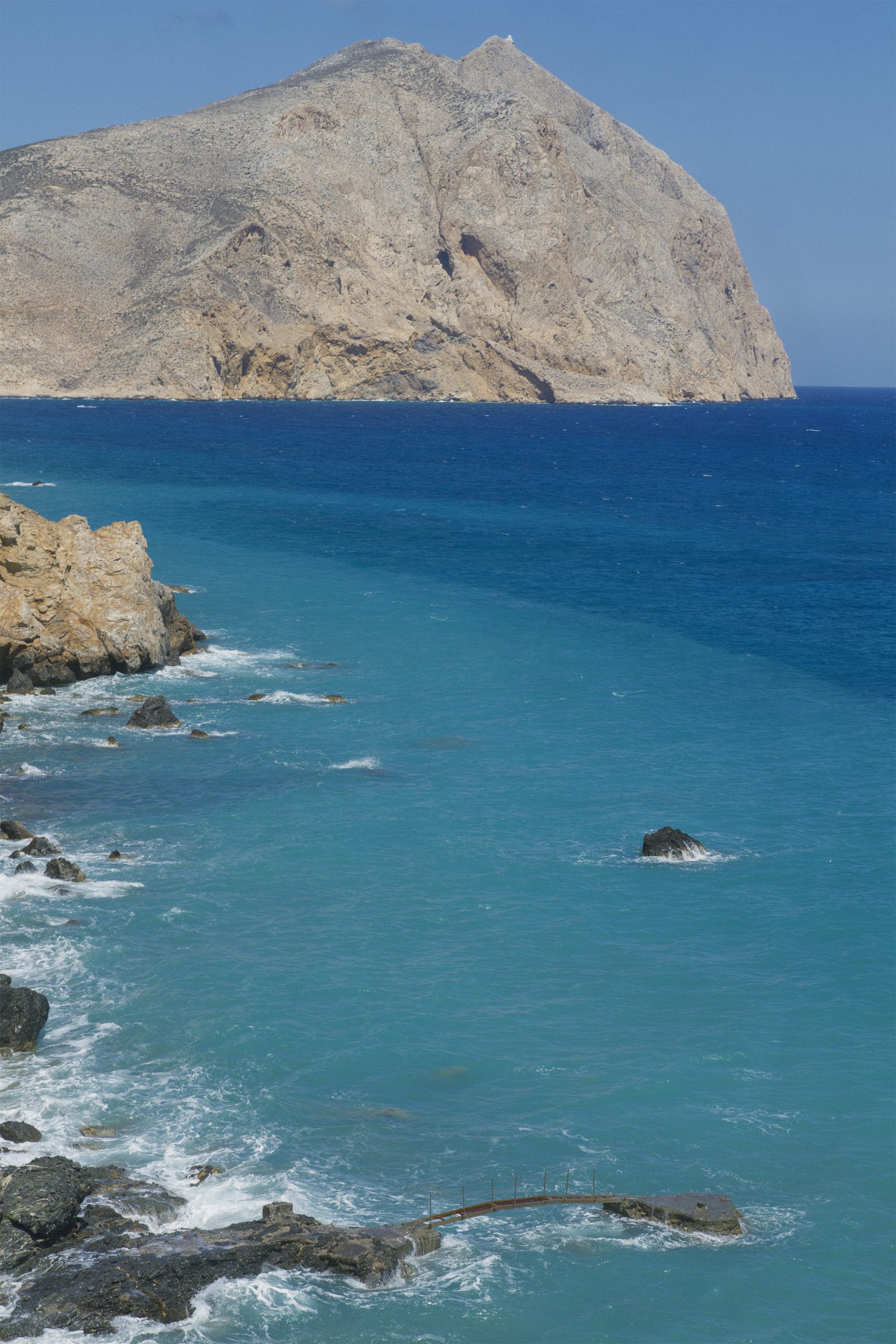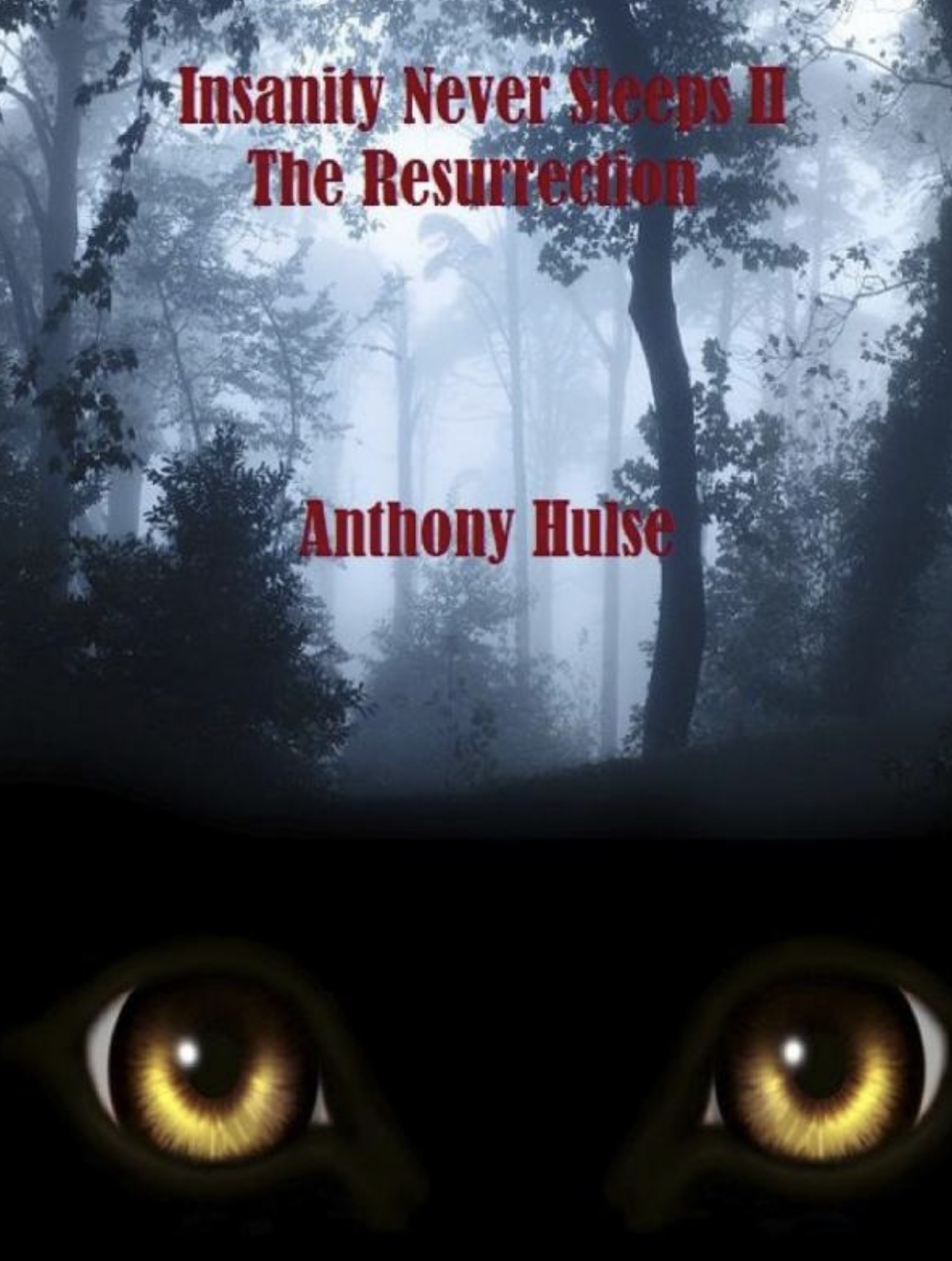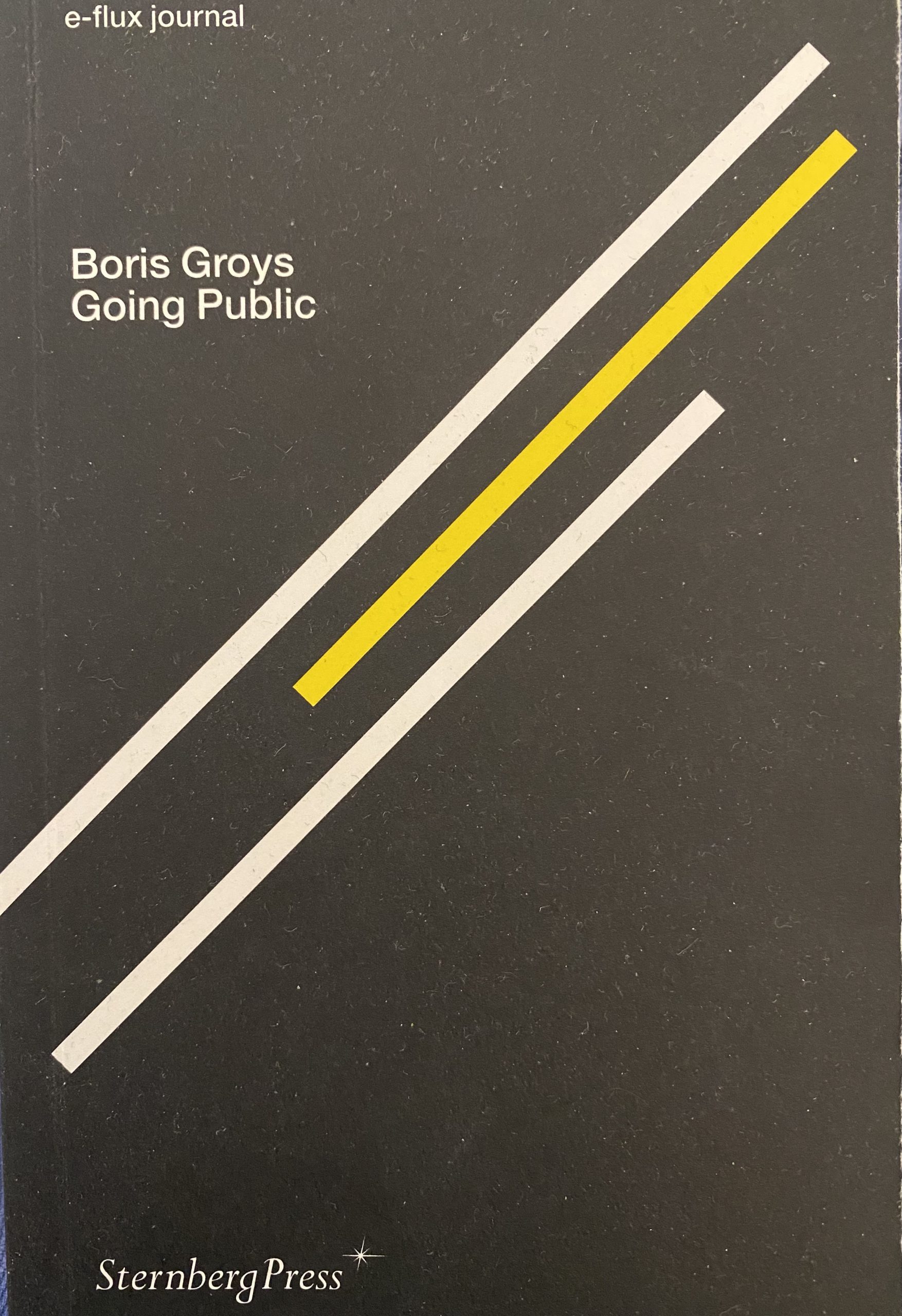γ
NAMING ANAFI: THE REVELATION, THE SNAKELESS, THE ISLAND OF THE PEAK, THE NOSE, THE HOWL, THE LEAFY, A HERO, THE DARK WATERS OR THE TREE OF LIFE?
There has been significant debate throughout history over the origin of Anafi’s name. Margaret Kenna opens her insightful pamphlet Anafi, a Brief Guide by reminding us that the name of the island (variously spelled Anaphe, Anaphi, Anafi, Namphio or Namfio) has been translated and interpreted in several ways. The most frequent interpretation is that the name derives from the ancient Greek word “revelation”, based on the myth of Apollo saving the Argonauts in a hopelessly dark night by making Anafi appear as a safe harbour[1]. Others have stated that the name Anafi may mean “without snakes” (an-ofis /ana-fidhi); indeed, there are no snakes on Anafi!
After further research, we found that Kennedy Bailie[2] argues that the name Anafi derives from an ancient Egyptian expression meaning “island of the peak”, in reference to Anafi’s distinctive monolith Kalamos. Somehow relatedly, Kiepert[3] argues that the name derives from the semitic anaph – “the nose” – once again in reference to the shape of the Kalamos rock. In a very different direction, Astour[4] argues that the word Anafi derives from the West Semitic word ānåphå – “a type of owl”. Bochart[5] argues that the word Anafi may originate from the semitic word anepha, meaning shady or leafy; quite a controversial statement considering the quasi-absence of trees on the island.
But not everyone agreed that the island was always referred to with some variation of the word Anafi. Some argue it was previously named Membliaros, after one of the companions of Cadmus who supported the hero’s search for his sister Europa. However, according to Astour, Membliaros derives from Ugaritic or Phoenician mêm-bli-ar – “waters without light”, perhaps in connection with the great eruption of Santorini that made the surrounding areas very dark for months. Finally, Bridge[6] states that Anafi also had another name in the antiquity – Baia – from the term bai, the Egyptian and Phoenician title for “palm tree”, which memorialises the Tree of Life. This arguably takes us back to the name of the contemporary site of Vaya on Anafi, which translates to palm.(Piergiorgio Pepe’s research notes)
[1] Apollonius Rhodius, Argonautica, 4.1694-1730.
[2] James Kennedy Bailie, Memoir on two large Medallion Busts which are preserved in the Manuscript Room of the Library of Trinity College, Dublin, The Transactions of the Royal Irish Academy, Vol. 22, Dublin, 1849.
[3] H. Kiepert, Lehrbuch Der Alten Geographie, Berlin, 1878.
[4] Michael Astour, Greek Names in the Semitic World and Semitic Names in the Greek World, Journal of Near Eastern Studies, Volume 23, Number 3, Chicago, 1964.
[5] Samuel Bochart, Geographia Sacra, Caen, 1646.
[6] Matthew Bridge, The Testimony of Profane Antiquity, London, 1825.
TIME BINDS
By “time binds”, I mean something beyond the obvious point that people find themselves with less time than they need. Instead, I mean that naked flesh is bound into socially meaningful embodiment through temporal regulation: binding is what turns mere existence into a form of mastery in a process I’ll refer to as chrononormativity, or the use of time to organize individual human bodies toward maximum productivity. And I mean that people are bound to one another, engrouped, made to feel coherently collective, through particular orchestrations of time…Chrononormativity is a mode of implantation, a technique by which institutional forces come to seem like somatic facts…Manipulations of time convert historically specific regimes of asymmetrical power into seemingly ordinary bodily tempos and routines, which in turn organize the value and meaning of time.
In a chronobiological society, the state and other institutions, including representational apparatuses, link properly temporalized bodies to narratives of movement and change. These are teleological schemes of events or strategies for living such as marriage, childrearing, and death and its attendant rituals…personal histories become legible only within a state-sponsored timeline.
…corporations and nation-states seek to adjust the pace of living in the places and people they take on: to quicken up and / or synchronize some elements of everyday existence, while offering up other spaces and activities as leisurely, slow, sacred, cyclical, and so on and thereby repressing or effacing alternative strategies of organizing time. Thus being normatively “modern” is a matter not only of occupying an imagined place at the new end of a sequence but also living a coordinated, carefully syncopated tempo between a quick time that seems to be enforced and a slow time that seems a matter of free choice.
…the “slow time” that is at once modernity’s double and its undoing, the sensation that discombobulates normative temporal conditionings that serve the status quo, the deviant pause that adds a codicil of pleasure to a legacy of suffering…the secondary rhythm, the incalculable one that contains the seeds of change, with chance.
I think the point may be to trail behind actually existing social possibilities: to be interested in the tail end of things, willing to be bathed in the fading light of whatever has been declared useless. For while queer antiformalism appeals to me on an intellectual level, I find myself emotionally compelled by the non-quite-queer-enough longing for form that turns us backwards to prior moments, forward to embarrassing utopias, sideways to forms of being and belonging that seem, on the face of it, completely banal.
Thus unbinding time does not mean simply unleashing a biological instinct or psychic drive, be it sex or death. Nor does unbinding history mean simply showing how whatever looks like sex is actually a superstructural result of unequal economic relations. Rather, unbinding time and / from history means recognizing how erotic relations and the bodily acts that sustain them gum up the works of the normative structures we call family and nation, gender, race, class, and sexual identity, by changing tempos, by remixing memory and desire, by recapturing excess.
…time can produce new social relations and even new forms of justice that counter the chrononormative and chronobiopolitical…temporal misalignments can be the means of opening up other possible worlds. (Time Binds – Queer Temporalities, Queer Histories (excerpts), Elizabeth Freeman, Duke University Press, 2010)
IS BILLY WOODS ON ANAFI?
Anafi seems to have attracted the attention not only of Russian utopians from the 18th century but also of contemporary horror writers. In his 2014 novel Insanity Never Sleeps II (The Resurrection), British novelist Anthony Hulse describes Anafi as the potential playground of a famous serial killer. Here is what Amazon says about the book: “Three years after the supposed death of prolific serial killer Billy Woods, a spate of identical murders occur in Cleveland. A couple, after island hopping in Greece, claim they saw Billy on Anafi. Is there a copycat killer or could Billy possibly be still alive? Ruth Vickers, now a uniformed police officer after her demotion, becomes involved once more with tracking down the monster. She is unaware that due to her unnatural fixation with Woods, she is slowly losing her mind. A terrifying sequel, even more frightening than the original. A fast moving psychological thriller that will mesmerise you! Not for the squeamish!” (Piergiorgio Pepe’s research notes)
COMRADES OF TIME
But today, this promise of an infinite future holding the results of our work has lost its plausibility. The future is ever newly planned—the permanent change of cultural trends and fashions makes any promise of a stable future for an artwork or a political project improbable. And the past is also permanently rewritten—names and events appear, disappear, reappear, and disappear again. The present has ceased to be a point of transition from the past to the future, becoming instead a site of the permanent rewriting of both past and future—of constant proliferations of historical narratives beyond any individual grasp or control. The only thing that we can be certain about in our present is that these historical narratives will proliferate tomorrow as they are proliferating now—and that we will react to them with the same sense of disbelief. Today, we are stuck in the present as it reproduces itself without leading to any future. We simply lose our time, without being able to invest it securely, to accumulate it, whether utopically or heterotopically. The loss of the infinite historical perspective generates the phenomenon of unproductive, wasted time. However, one can also interpret this wasted time more positively, as excessive time—as time that attests to our life as pure being-in-time, beyond its use within the framework of modern economic and political projects.
But it is precisely because such a wasted, suspended, non-historical time cannot be accumulated and absorbed by its product that it can be repeated—impersonally and potentially infinitely. Already Nietzsche has stated that the only possibility for imagining the infinite after the death of God, after the end of transcendence, is to be found in the eternal return of the same. And Georges Bataille thematized the repetitive excess of time, the unproductive waste of time, as the only possibility of escape from the modern ideology of progress. Certainly, both Nietzsche and Bataille perceived repetition as something naturally given. But in his book Difference and Repetition (1968) Gilles Deleuze speaks of literal repetition as being radically artificial and, in this sense, in conflict with everything natural, living, changing, and developing, including natural law and moral law. Hence, practicing literal repetition can be seen as initiating a rupture in the continuity of life by creating a non-historical excess of time through art. And this is the point at which art can indeed become truly contemporary.
And under the conditions of our contemporary product-oriented civilization, time does indeed have problems when it is perceived as being unproductive, wasted, meaningless. Such unproductive time is excluded from historical narratives, endangered by the prospect of complete erasure. This is precisely the moment when time-based art can help time, to collaborate, become a comrade of time—because time-based art is, in fact, art-based time.
…time-based art documents time that is in danger of being lost as a result of its unproductive character—a character of pure life, or, as Giorgio Agamben would put it, “bare life.” But this change in the relationship between art and time also changes the temporality of art itself. Art ceases to be present, to create the effect of presence—but it also ceases to be “in the present,” understood as the uniqueness of the here-and-now. Rather, art begins to document a repetitive, indefinite, maybe even infinite present—a present that was always already there, and can be prolonged into the indefinite future. (Comrades of time (excerpts), Boris Groys. Full text at e-flux journal)



